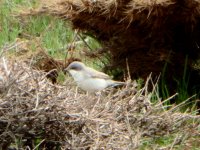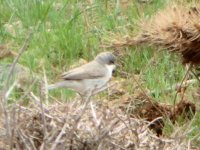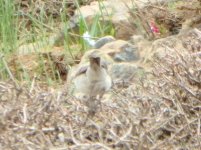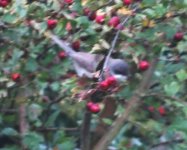sharifaone
Well-known member
While birding on the approaches to Iraq's highest mountain (Halgurd) 2 days ago, saw this bird and assumed it was Lesser Whitethroat (S. curruca). But now I realize I have more options to consider. The bird was above the treeline with just thorny bushes at approximately 2200 meters. The area is just a few short km from the border with NW Iran.
My question is: Given the geographical location/altitude/habitat, can I make any conclusions about it being Lesser Whitethroat, Desert Whitethroat (S. minula), or ssp. of Lesser Wh. such as halimodendri or althaea?
I have a few terrible pics... not much use. I didn't realize until I got home that perhaps I should pay more attention to such birds.


And just to show the tail:

My question is: Given the geographical location/altitude/habitat, can I make any conclusions about it being Lesser Whitethroat, Desert Whitethroat (S. minula), or ssp. of Lesser Wh. such as halimodendri or althaea?
I have a few terrible pics... not much use. I didn't realize until I got home that perhaps I should pay more attention to such birds.


And just to show the tail:







